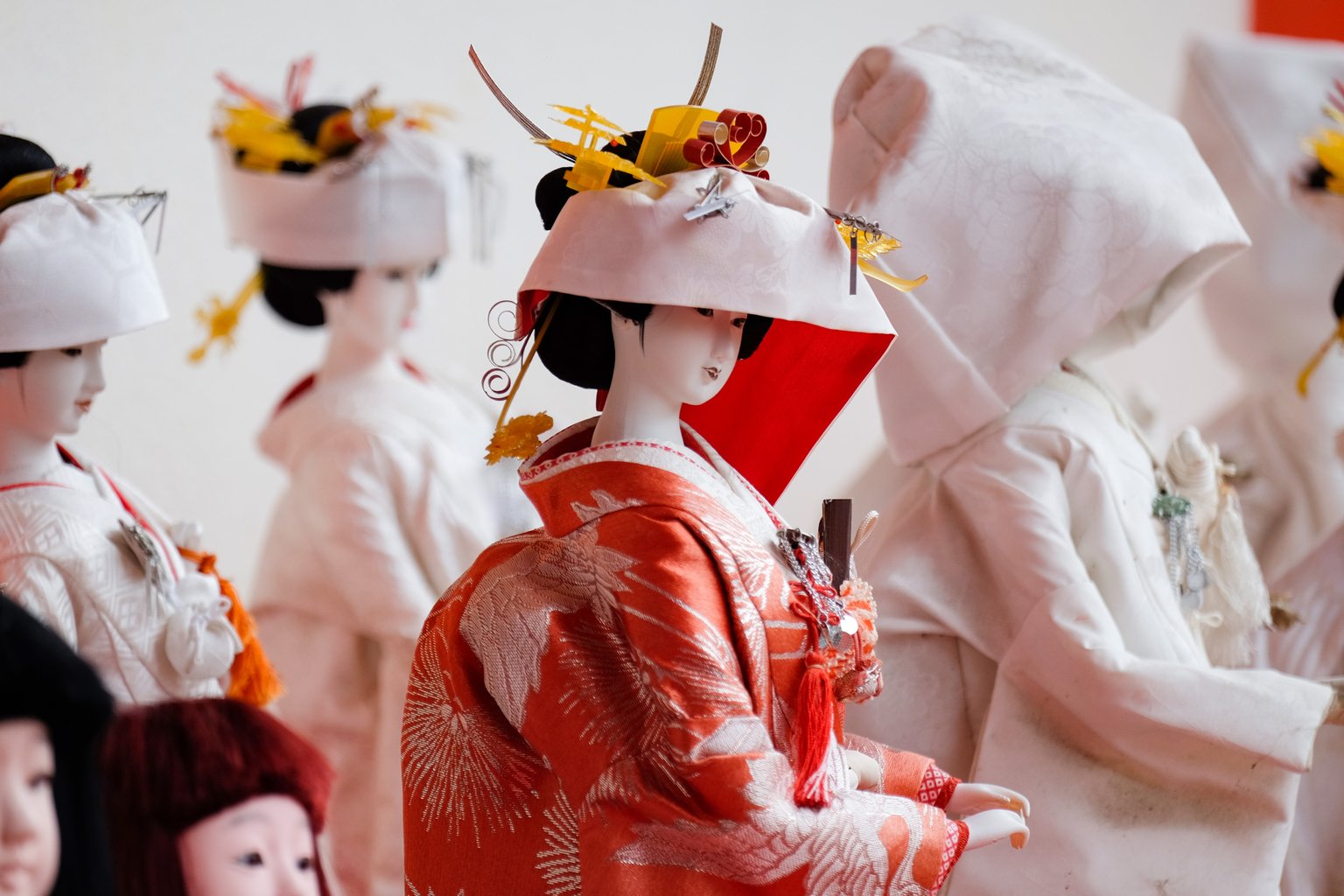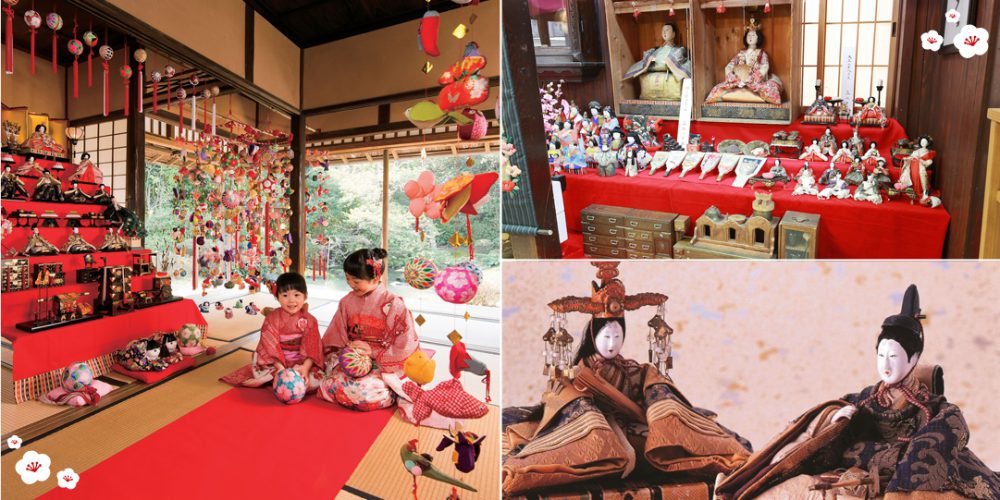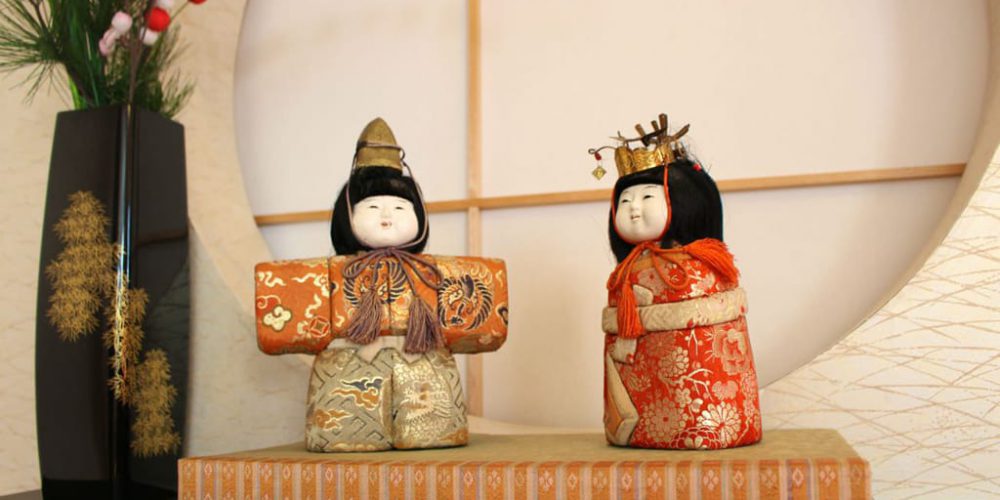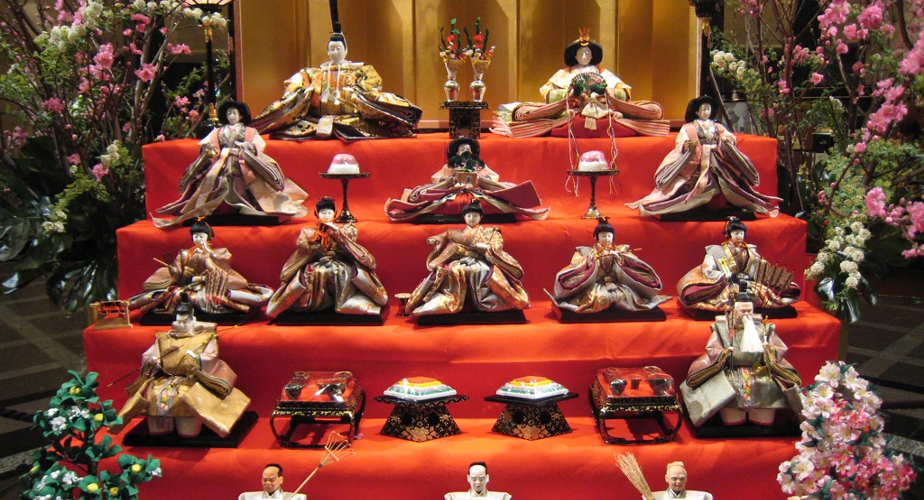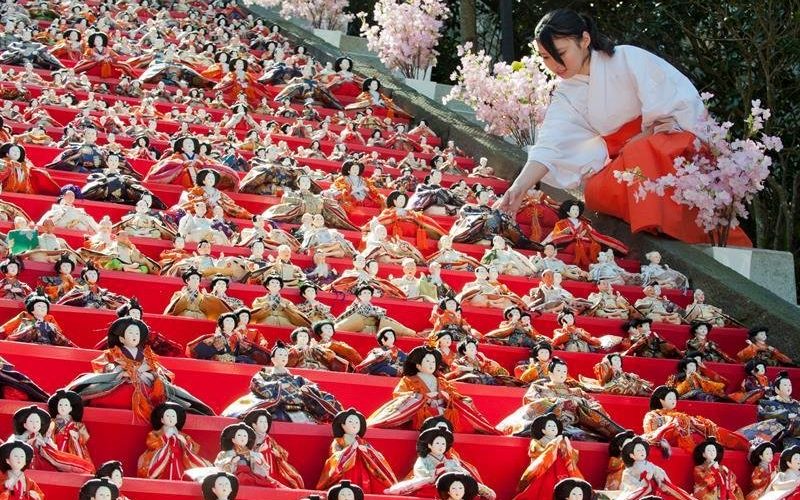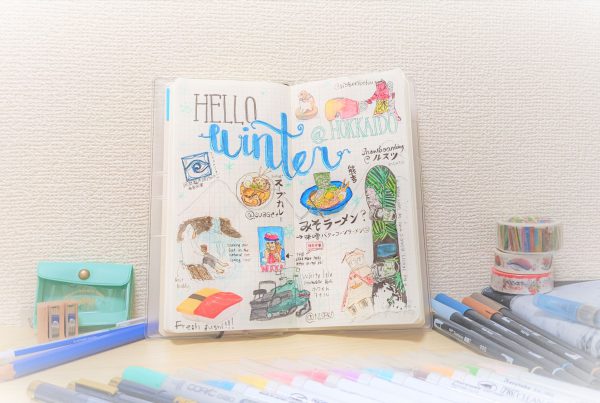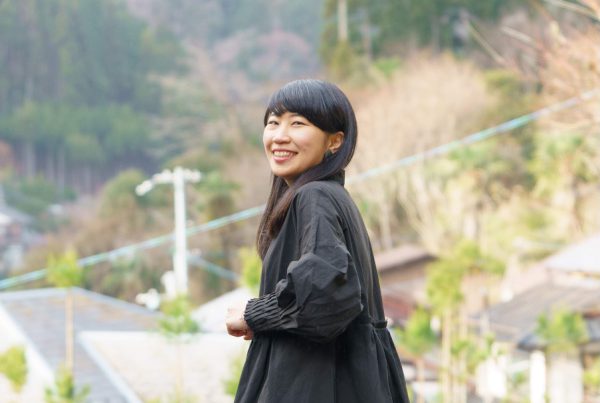Hina Matsuri - A Japanese Spring Tradition with Ancient Roots
“Let’s light the lanterns on the stand, Let’s place peach blossoms there, Five court musicians are playing flutes and drums, Today is the Happy Dolls’ Festival!” — Lyrics from the traditional song “Happy Hina Matsuri.”
Every year at the beginning of March, people worldwide celebrate International Women’s Day, a global day celebrating women’s social, economic, cultural, and political achievements and gender parity.
Early in spring, in Japan, families with daughters celebrate Girls’ Day or Doll’s Festival every year. It’s referred to as Hinamatsuri (雛祭り) in Japanese, which means doll festival. At the beginning of March (on March 3rd), parents wish and pray for their daughters’ healthy growth, happiness and prosperity. This day corresponds to the time when sakura blossoms start to bloom. That’s why the celebration is also called Momo no Sekku (Sakura festival) because cherry blossoms were used to celebrate the original Shangsi Festival. The beautiful blooms were viewed as auspicious plants with the ability to dispel misfortune, ward off evil, and grant longevity.
Today, the modern form of the festival has kept this traditional aspect alive in Sakura flower decorations. The beautiful bright pink petals are closely associated with the newness of spring and young girls.
The beginning of the Doll's Festival
There are a few theories about how Hinamatsuri Festival got started. Still, the likeliest one is that it originated from China’s Shangsi Festival introduced into Japan as a traditional festival when Japan adopted the Chinese calendar system and the customs it came with. It is believed that the tradition of displaying dolls was a way to ward off evil spirits. And the celebration of Girls’ Day has its origins in the Heian (794-1192) tradition of hina-asobi (雛遊び), meaning doll play, where noble children played with paper dolls (雛, Hina ).
The custom of displaying beautiful Hina dolls on this day in homes and public spaces dates back to the Edo Period (1603-1868).When the Edo culture flourished in a gorgeous era, the simple paper dolls were replaced with luxurious ceramic dolls (雛人形), Hina ningyou). These dolls remain very popular today, and you can see similar doll sets displayed in various places every Girls’ Day in Japan.

Ukiyoe from the Edo period depicting a Hinamatsuri celebration for a princess — by Toyokuni Utagawa. Image via Japan Suite
How Is Hina Matsuri Celebrated?
As in the ancient Chinese Onmyodo, there was a custom of offering and praying on days when odd numbers of 1, 3, 5, 7, and 9 overlaps. Based on Japanese original information, Girls’ Day is one of five seasonal festivals (五節句, gosekku) held on lucky dates of the Chinese calendar. 1st day of the 1st month (New Years’ Eve), 3rd day of the 3rd month (Girls’ Day), 5th day of the 5th month (Boys’/Children’s Day), 7th day of 7th month (Tanabata Star Festival), and 9th day of the 9th month (Chrysanthemum Festival). There are no strict rules for Girls’ Day celebrations, and therefore every family has its own traditions.
Usually, the Japanese families celebrate the event by displaying traditional dolls and enjoying unique dishes and desserts. It is not uncommon to celebrate every year, but it’s usual to do a more significant event on the baby’s first Girls’ Day.
Traditionally the grandparents, or parents of a newborn baby girl provide a set of Hina dolls. Either by buying a new collection or by passing down their own set of dolls. Usually, parents invite relatives and friends to celebrate a baby girl’s birth together, so it’s common to gift the baby girl with other dolls and accessories for their Hina doll display (雛飾り, hinakazari). Also, the parents prepare and serve traditional dishes and the children’s favorite foods to the guests. Some games are typical for the Girls’ Day celebration.
Image of doll festival Hinamatsuri via welcomekyushu.com
Hina Matsuri Dolls
However, many traditions are associated with this spring festival, the Hina Matsuri celebrations are quite different from region to region. In some areas, people start displaying the dolls in early February, in others, just a week or a few days before March 3rd. According to tradition, it is essential to remove the dolls immediately after March 4th or the end of the month.
During Hinamatsuri, in some regions is a custom to create a display of Hina dolls in their homes, to put up a pair of hanging ornaments (つるし雛, tsurushi-bina) on both sides of the doll stand or throw dolls made from paper into the river to ward off bad luck. Hanging beautiful decorations are hand-made with silk and threads using traditional lucky motifs that symbolize happiness and growth and can be passed down from generation to generation.
During the Hina Matsuri festival, the dolls and accessories displays each have a prescribed order on the multi-tiered platforms. The platform is made up of either five or seven tiers, all of which are covered by red carpeting, and the whole display is most often placed in front of a gold-covered screen.
The proper placement is crucial, and the top tier holds only two dolls, representations of the emperor and empress, always with the man to the woman’s right. The second tier has court ladies on it, along with accessories for serving sake. The third tier has all the male court entertainers, the fourth platform has two minister dolls with a tiny table with rice cakes on it between them, and the fifth tier has the samurai dolls, representative of the protection of the court.
If there are sixth and seventh tiers, they won’t have dolls on them but various court items. Decorations such as oxcarts, small cupboards, Japanese paper lamps called “bonbori,” and orange and sakura branches are displayed with the dolls. The sixth tier will have items from inside the imperial court, and the seventh will be items for use outside the palace. It’s essential to notice that each doll’s facial expressions and costumes are also different depending on their personality and position.
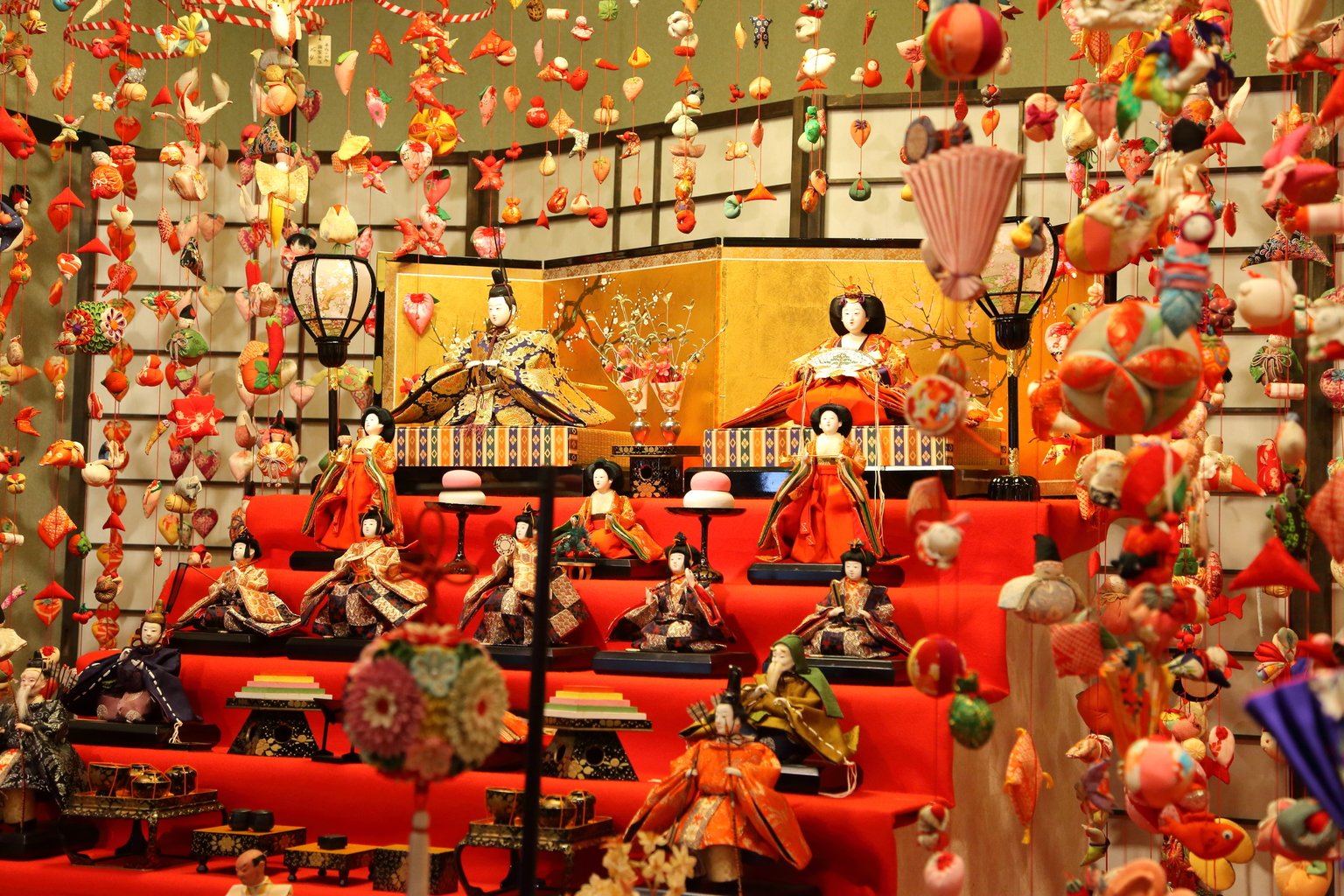
Image of Hina Doll’s multi-tiered platforms that can be seen throughout the city and in individual homes during Girl’s Festival via Tokyoweekender.com
Food Specialties
As we previously mentioned, this unique festival is celebrated differently depending on the region of Japan you’re in, but most customs will include some similar features, like a set of cute Hina dolls, Sakura flower decorations, as well as a set of traditional festive food, using seasonal ingredients from early spring also very different from region to region.
Special foods prepared for Hina Matsuri include ushiojiru (潮汁) – a salt-based soup that contains clams, inarizushi (いなり寿司) a deep-fried tofu pockets filled with rice, and chirashi-zushi (ちらし寿司). Or also called scattered sushi- a type of sushi made with lotus roots, shrimp, and thinly shredded egg on the top of vinegared rice.) The ingredients in chirashizushi have meanings as well. It is said that the lotus root gives the power to see what will happen in the future, and shrimp are a symbol of longevity.
Also, traditional snacks include, Hina- arare (white and pink sweet rice cakes), Sakura-mochi (pink glutinous rice cake with cherry blossoms), and Hishimochi (diamond-shaped multi-layered rice cake). As for beverages amazake- a sweet traditional Japanese drink made from fermented glutinous rice.


